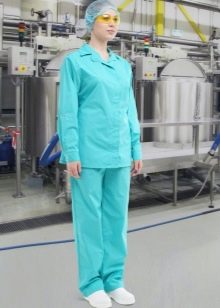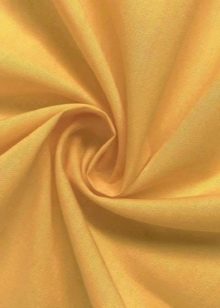All about satori fabric

Health care workers, food industry workers, and those directly involved in the service industry understand how important the choice of uniform is. After all, workers have to be in such clothes for a long time, often for days. That is why it should be comfortable, comfortable, good air flow, not hinder movement.
Japanese manufacturers specifically for this began to develop a material that would meet these requirements. The fabric called satori was produced by them specifically for tailoring specialized clothing for medical workers. The article will discuss what this fabric is, its varieties, use and care of the material.
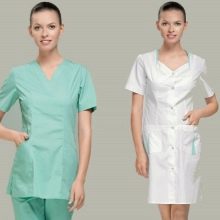


Fabric characteristic
Considering that medical workers often have to work from morning to sunset, or even for days, their clothing should not cause inconvenience. Sewing workwear made of satori fabric will make their work more comfortable. In addition, these clothes are very comfortable for hotel workers, beauty salons, catering workers and others.
The fabric has a good composition, thanks to which such workwear is comfortable and practical. The material consists of polyester fibers and cotton in equal proportions. A feature of the material is the use in the composition of fibers, consisting of two layers: the back one, consisting of cotton and the front one - polyester.
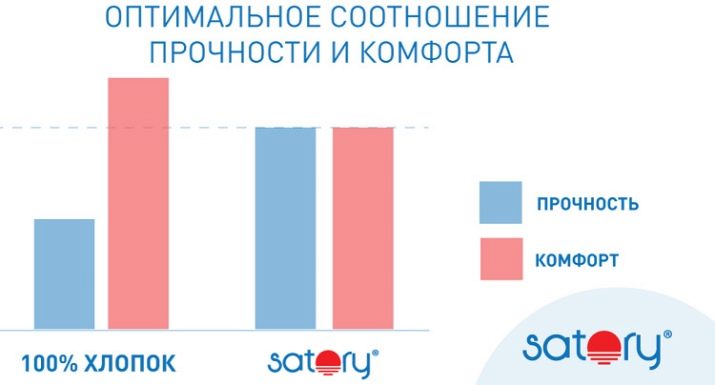
The material is turned to the body by the side consisting of natural cotton threads. Thanks to this, it is very pleasant to wear satori clothes, it does not cause irritation, the body breathes well in it, does not sweat even at high temperatures in the room, the fabric does not electrify.The presence of polyester fiber contributes to an increase in the service life of the finished product.
Thanks to this composition, the material looks presentable. The canvas from the front side looks attractive, it is pleasant to the touch, smooth, does not wrinkle.

Description of satori fabric:
- this material is distinguished by high strength and increased abrasion resistance;
- clothes made of this material are lightweight;
- the products do not require ironing, it is enough to hang them on the hangers after washing;
- the material is soft and plastic, it is easy to sew any products from it;
- pellets do not appear on it;
- due to its high density, such a canvas will repel dirt.

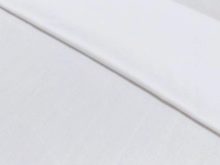
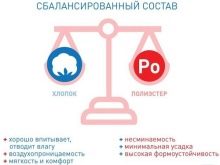
The material is hypoallergenic, it is pleasant to touch with the body. In addition, the fabric has antibacterial properties that prevent the spread of harmful microorganisms on the skin. Finished products fit well on the figure, they do not hinder movement. At the same time, the clothes look beautiful and presentable. The use of the latest technologies has helped the developers create more than 10 shades that perfectly withstand high temperatures, do not fade under the influence of sunlight.
The density of the fabric, its composition fully comply with the requirements of GOST. Thanks to these advantages, the fabric remains in high demand. Its disadvantage is that the material is suitable only for workwear.
When sewing everyday models, it is better not to use it, since finished products will quickly begin to look unpresentable, even despite their high performance characteristics.

Varieties
Initially, the canvas was developed in Japan, now they are engaged in the manufacture of satori in other countries, including Russia and China. Currently, you can buy different types of canvases, differing in density, binding, fabric components.
In the classic version, satori is composed of cotton (50%) and polyester (50%). The density of matter is 145 g / sq. m. Manufacturers are constantly developing new material options, differing in density, type of weave, fiber composition.
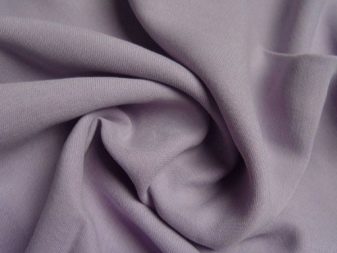
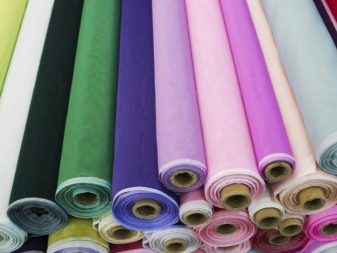
Tenzel
Tentzel is a material made from nano-processed eucalyptus wood. The resulting fiber is quite expensive, so it is often mixed with cotton, viscose, wool. Tentzel is a material that retains all the advantages of natural fabrics, but does not have many of their disadvantages. The advantages include strength, environmental friendliness, hygroscopicity, tactile comfort, as well as breathability and low crease.

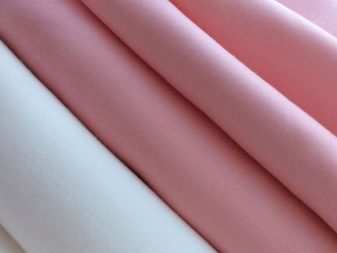
Twill
A distinctive feature of twill is its textured surface, on which barely noticeable nodules are often visible. Thanks to the smoothness and noble shine, the fabric looks very interesting. The material is perfect for sewing workwear, bed linen, home textiles. The advantages of twill include strength, good density and high wear resistance. Products made from it are easily draped, do not wrinkle, do not deform and do not stretch during their use. They look attractive and neat in appearance.
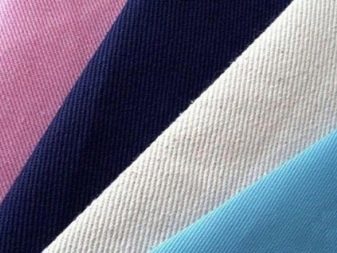
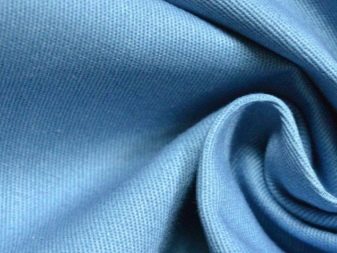
Models made of knitted fabric satori print are in demand. The presence of the pattern allows you to make the overalls more original. It is not for nothing that employees of child care facilities choose not just white clothes, but print options. It is recommended to combine a printed canvas with a plain one.
Everyone can choose a print they like, or order a drawing according to their own sketch.
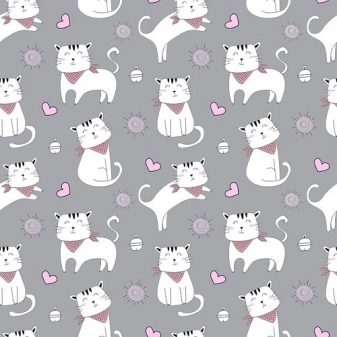
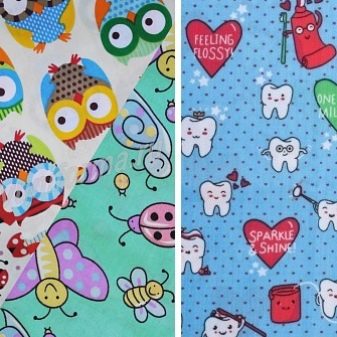
Ultra
The ultra satori fabric is composed of 60% cotton and 40% polyester with a weight of 210 gsm. m. The presence of high quality cotton will give the products softness, so such clothes will be very comfortable. Polyester in the composition will help improve the performance of products, increase their durability.This type of fabric is the latest solution for the creation of collections of branded and specialized clothing.
Even after 24 hours, the products will remain soft, comfortable, supple and comfortable. Clothes made of such material will not turn yellow, will not be covered with pellets, it is easy to remove any, even complex, dirt from it.
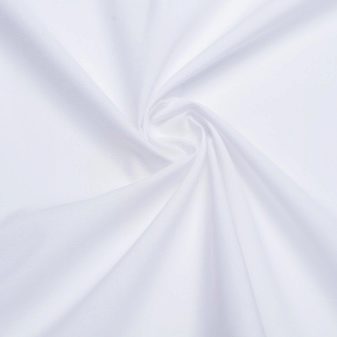

Comfort
This type of fabric consists entirely of cotton (100%), thanks to which it is successfully used when sewing light workwear intended for intensive work. Cotton products have increased comfort, they are hygienic, you can feel confident and fresh in them all day long. The density of the canvas is 165 g / sq. m. Its peculiarity is in the presence of thermoregulatory properties. When the temperature drops, such clothes will warm, and when the temperature rises, they will cool.

Bamboo
This option uses a combination of cotton with bamboo. The density of the canvas is 145 g / sq. m. This is an environmentally friendly canvas with an antibacterial effect. The material is very soft and pleasant to the body.
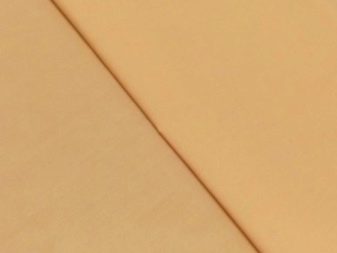
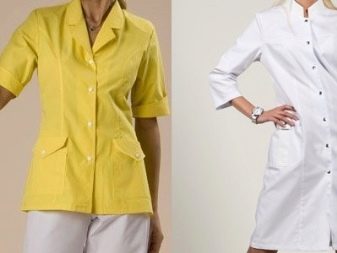
Satin
This material has a high density (190 g / sq. M). The surface of the material on the front side is shiny and smooth. Consists of polyester and cotton in equal proportions.

Other
Recently, light-stretch and extra-stretch materials have become in demand. The first type has a high level of flexibility. Extra stretch belongs to the new generation fabrics. The fabric is elastic, even in places of stretching it will not deform thanks to the lycra included in the composition. Products made from it will tightly fit the figure and will not hinder movement. Fabric composition: cotton - 57%, polyester - 39%, lycra - 4%.
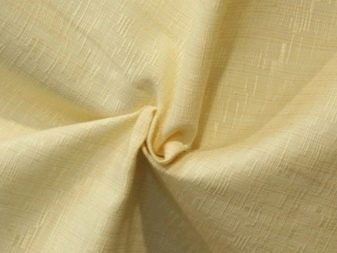
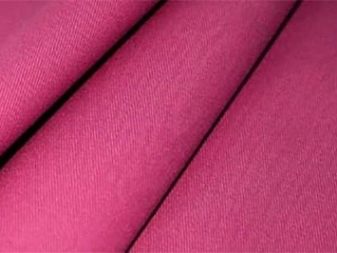
Where is it used?
Satori fabric was originally developed exclusively for medical professionals. The appearance of a doctor who directly works with people, his behavior, demeanor, can tell a lot both about the person himself and about the institution. A doctor dressed in comfortable clothes made of satori fabric will not worry about his appearance, fearing the appearance of holes, scuffs, creases or stains. The use of such material allows you to create products that meet all the necessary hygiene requirements. It is believed that the white tint tends to soothe, creating the illusion of purity. In hospitals, sometimes white clothes are perceived by patients as a symbol of indifference and coldness, causing discomfort and sometimes aggression. That is why other color options are increasingly being used.
This is especially true for children's institutions, where the absolutely white color of the dressing gown sometimes causes anxiety in children. Overalls in color using prints from your favorite cartoons will help reduce such stress, increase confidence in the staff, remove unnecessary tension and anxiety. Positive, from the point of view of psychology, is the uniform of pink, peach, lilac or light green color. Lightweight and hygienic clothing makes the staff feel confident and comfortable.
Not only dressing gowns are sewn from satori, overalls for medical and other personnel can be made in the form of a trouser suit, blousons, sundresses or an apron with a cap.
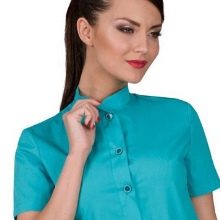


In addition to doctors, nurses and support staff, such models can be used in other areas.
- Employees of beauty salons and various spa centers, beauticians. Such clothes will not only provide comfort for daily wear, but also protect against all kinds of influences such as the ingress of various contaminants, dyes, stains.
- Employees of bars, restaurants, canteens and other food establishments. Satori uniforms in the form of stylish aprons, shirts, waiter skirts, cook's robes and hats will allow the team to always look presentable.
- Educators of kindergartens, sanatoriums. Clothing made of such material will help to comply with the requirements and standards, protect against dirt and accidental pollution.
- Service staff of hostels, hotels.
- Cleaning company employees. Such uniforms are also in demand among employees of cleaning establishments, who usually decorate workwear with the company's emblem, which makes it more recognizable and, as a rule, in demand.
The presence of a large number of varieties of satori allows it to be used in different areas.

Care Tips
Clothes made from the selected material will last longer and will not lose their original presentable appearance if the finished products are properly cared for. Compliance with simple recommendations will help with this.
- It is recommended to wash clothes at a temperature not exceeding 60 degrees. If there are prints or other color additions on the clothes, it is better not to wash the products at a temperature exceeding 40 degrees.
- White models are allowed not only to be washed, but also to be bleached with chlorine-containing agents. If you have printed inserts or use completely colored products, it is better to refuse such funds. The ingress of bleach on them will lead to the loss of the original appearance of the product and faster deterioration.
- Using aggressive products, be sure to rinse the washed products well in water.
- It is worth noting that for certain categories of workers, increased requirements are imposed on their clothing. Things should be sterile for the medical staff of the surgical department, maternity hospitals, as well as for pharmacists involved in the production of drugs, cosmetologists and others. Medical workers' clothing made of satori material is sterilized in autoclaves when heated to 105 degrees. In other cases, only machine wash and ironing is allowed.
- It is important to know that the clothes of the hospital staff are not washed together with the belongings of patients or the linen of the hospital.
- It is recommended to dry the washed products in a flattened form, usually after that you can not iron. If you hang a suit or robe on a hanger, your clothes will straighten in a couple of hours. If necessary, the fabric can be ironed by setting the iron temperature to 150 degrees.
- If there are stains, it is enough to rub the area with soap or liquid detergent. Any, even the most severe, dirt can be removed without using a chlorine-containing solution.


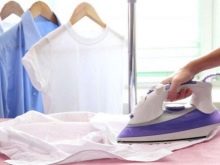
When choosing satori overalls for personnel, you should find out the country of origin of the fabric. Products from Japan are considered to be of the highest quality, since this country is the birthplace of the material, and production is carried out with strict adherence to technology. It is also important to find out what is the composition of this material. So, for workers in cafes, restaurants, canteens, options with bamboo are more suitable. When choosing a product, you should take into account that logos and emblems will be applied to some models, therefore it is important that even with frequent washing and ironing, the picture does not deform.
The appearance of the selected product or canvas must be flawless. Puffs, pills or other defects are not allowed. The service life of the finished product directly depends on the quality of the canvas, so it must be at the highest level. Thanks to the polyester layer of the fabric on the surface, dirt will not be absorbed. Contaminated products are easy to wash, blood stains, grease and other complex dirt can be easily removed from the surface. The overalls can be sterilized in an autoclave. White items must be bleached with bleach. It is recommended to wash colored items separately from white items.
Clothes made of colored fabrics will retain their color brightness even after many washes.
